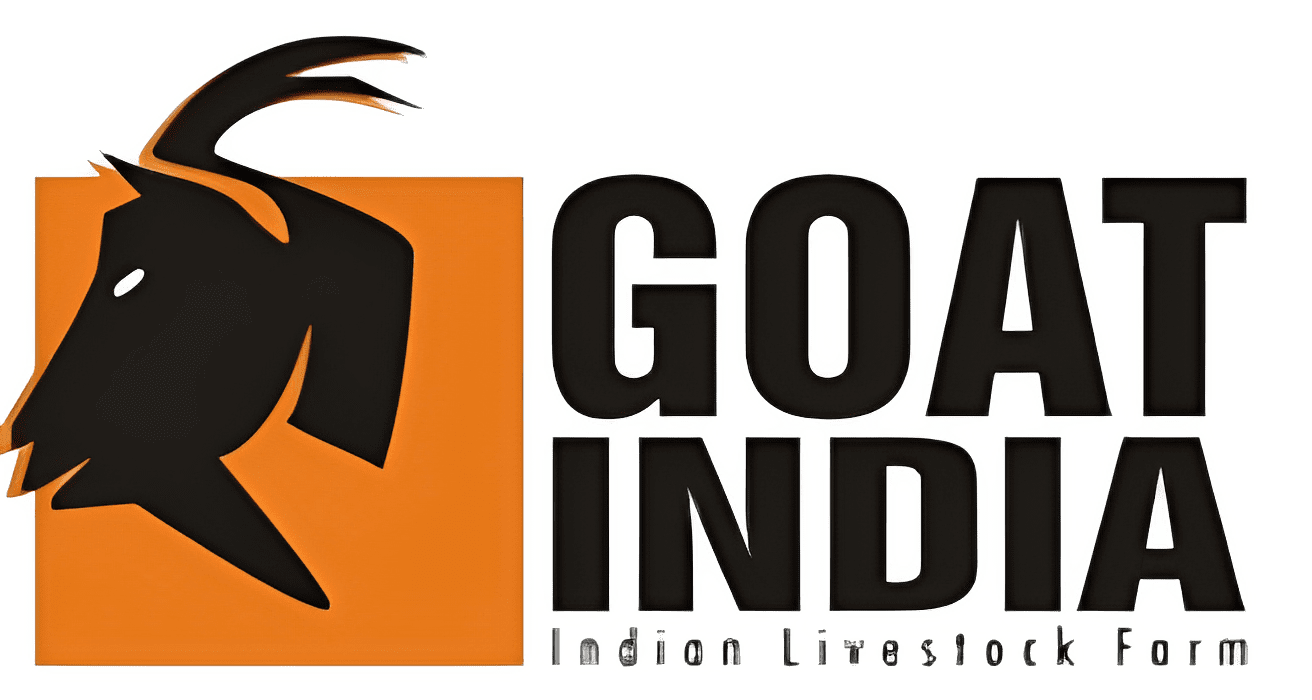Goat Lactation Parameters
Comprehensive guide to understanding goat milk production cycles, yield optimization, and lactation management for Indian farming conditions
Key Lactation Statistics
Verified data from Indian goat breeds for informed farming decisions
Complete Lactation Information
Peak milk production occurs 4-6 weeks after kidding. Daily yields range from 1.5-3.0 liters depending on breed. High energy demands require quality nutrition. Monitor udder health closely during this critical period for sustained production.
Gradual decline in milk yield begins around day 100. Production stabilizes at 70-80% of peak levels. Optimal time for breeding decisions. Maintain consistent milking routines and balanced nutrition for sustained productivity.
Natural decline continues with daily yields dropping to 40-60% of peak. Focus shifts to preparing for next kidding cycle. Gradual reduction in milking frequency as production decreases naturally.
Essential rest period before next kidding. Allows udder tissue regeneration and body condition recovery. Proper dry period management crucial for subsequent lactation performance and animal health.
Lactation yield: 160kg over 190 days. Daily average: 0.900L with peak yield of 3.20L. Dry period: 115 days. Excellent conception rate of 90% with multiple births common. Suitable for commercial dairy operations.
Total lactation: 175kg over 180 days. Daily yield: 1.25L average. Dry period: 125 days. Strong reproductive performance with regular breeding cycles. Popular choice for milk production in North India.
Lactation yield: 95kg over 152 days. Daily average: 0.75L with peak of 2.10L. Dry period: 155 days. Compact size with efficient production. Well-adapted to arid regions with consistent performance.
Sirohi: 73kg over 158 days, 0.700L daily. Malabari: 66kg over 172 days, 0.500L daily. Each breed adapted to specific regional conditions. Selection based on local climate and management systems.
High-energy concentrates essential during peak production. Increase feed quality gradually post-kidding. Provide adequate protein (14-16% crude protein). Fresh water access crucial for milk synthesis.
Poor nutrition reduces both milk yield and lactation length. Quality roughage maintains rumen health. Mineral supplements prevent deficiencies. Consistent feeding schedules optimize digestion and production.
Adjust feeding during monsoon and summer seasons. Provide additional concentrates when pasture quality declines. Ensure adequate vitamin A and D supplementation. Monitor body condition score regularly.
Proper nutrition affects next breeding cycle. Maintain body condition during late lactation. Increase nutrition during last trimester of pregnancy. Strategic feeding influences subsequent lactation performance.
Consistent milking times optimize production. Proper milking technique prevents udder damage. Hand milking twice daily standard practice. Maintain hygiene to prevent mastitis and ensure milk quality.
Regular udder health checks essential. Watch for signs of mastitis or injury. Maintain vaccination schedules during lactation. Prompt treatment of health issues prevents production losses.
Plan breeding for optimal lactation cycles. Consider seasonal factors for kidding timing. Maintain breeding records for performance tracking. Cull poor performers to improve herd average.
Provide adequate shelter from extreme weather. Ensure proper ventilation in housing. Reduce stress factors that affect production. Maintain clean, comfortable resting areas for lactating does.
Indian Goat Breed Lactation Parameters
Comprehensive data for informed breed selection and management decisions
Lactation Performance Comparison
| Breed | Lactation Yield (kg) | Lactation Length (days) | Average Daily Yield (L) | Peak Yield (L) | Dry Period (days) |
|---|---|---|---|---|---|
| Jamunapari | 160 | 190 | 0.900 | 3.20 | 115 |
| Beetal | 175 | 180 | 1.25 | – | 125 |
| Barbari | 95 | 152 | 0.75 | 2.10 | 155 |
| Sirohi | 73 | 158 | 0.700 | – | – |
| Malabari | 66 | 172 | 0.500 | 0.696 | 145 |
| Jhakrana | 121 | 114 | 0.988 | – | – |
Professional Lactation Management Insights
Expert guidance for optimizing goat milk production and herd performance
Factors Affecting Lactation
Genetics determine baseline potential, but nutrition has the most significant impact on actual production. Age, parity, kidding season, and management practices all influence lactation performance. First-time mothers typically produce 70-80% of mature doe capacity.
Lactation Curve Management
Peak production occurs 4-6 weeks post-kidding, followed by gradual decline. Understanding natural lactation curves helps plan feeding strategies and breeding schedules. Persistent lactation is desired for commercial operations.
Multiple Birth Impact
Twin and triplet births increase total milk yield compared to single births. However, individual kid birth weight may be lower. Does with multiple births require enhanced nutrition and careful management during early lactation period.
Seasonal Considerations
Lactation performance varies with kidding season. Spring kidding generally shows better performance due to favorable weather and pasture conditions. Plan breeding to align lactation peaks with optimal environmental conditions.
Milk Quality Factors
Goat milk has smaller fat globules making it more digestible than cow milk. Fat content typically ranges 4-5%, varying by breed and stage of lactation. Proper handling and immediate cooling maintain quality and extend shelf life.
Record Keeping Importance
Maintain detailed lactation records including daily yields, breeding dates, health events, and feed consumption. Data analysis helps identify top performers and guides culling decisions for herd improvement and genetic progress.

